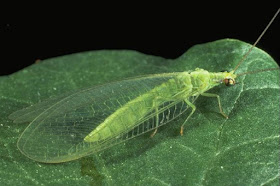-by Debra Anchors
A walk
in the garden or park can help us forget our troubles; a bouquet of flowers puts a smile on our face. Quite simply, flowers make us happy. Research proves nature can improve our emotional and physical health.
When
planning your garden, remember that your color choices can influence your mood and even impact your health. The invisible vibrations of color produce different emotional responses in us – some are stimulating, others relaxing. Here’s a list of our typical reactions to common hues. You can decide what’s best for you, but color therapists suggest that it’s important to include a balance of colors in the garden; if you focus on one particular color, include a smaller amount of its complement as well.
 |
| Robin Hood Hedge Rose |
Red: Acts as an energizer, keeping you alert and helping you cope with life’s demands.
 |
| Pincushion Flower |
Orange: Warm and welcoming, it promotes a sense of well-being and helps combat depression.
 |
| Four O'Clock |
Yellow: An inspirational hue, yellow encourages feelings of self-worth and optimism.
 |
| Wandering Jew |
Green: It brings a sense of peace and balance and encourages meditation as well as hope.
 |
| Monkshood |
Blue: Extremely calming, blue combats nervousness and reduces blood pressure.
 |
| Love-lies-bleeding |
Violet: A spiritual color, violet can calm jittery nerves and bring feelings of self-worth.
If you enjoy this website, you might like my magazine,
Gardening Life.
Thank you for stopping by to spend time in
my garden. If you liked the article, please take a moment to let me know. I will be delighted if you would suggest Gardens Inspired to your friends, follow me or subscribe to my Blog.
Leave a legacy, but garden like you’ll live forever!
-Debra
Did you like this post? Please recommend it to other readers by selecting the g+1 box, below.
















